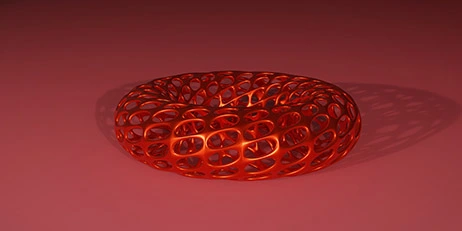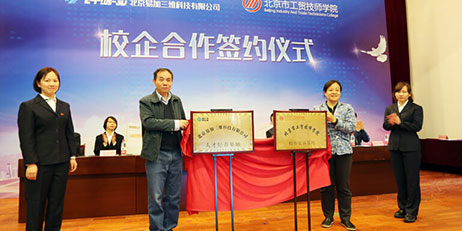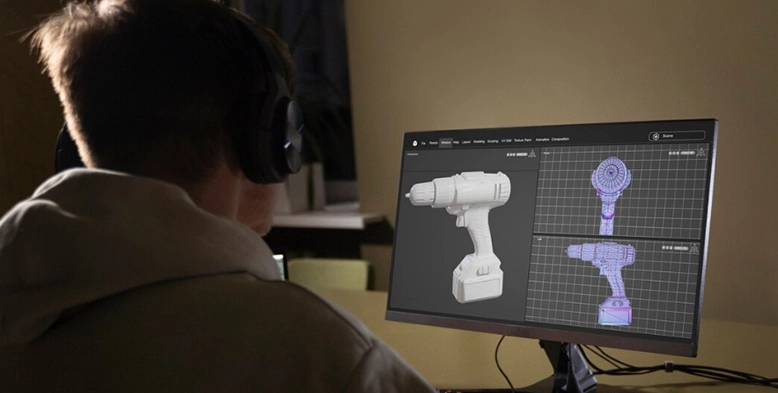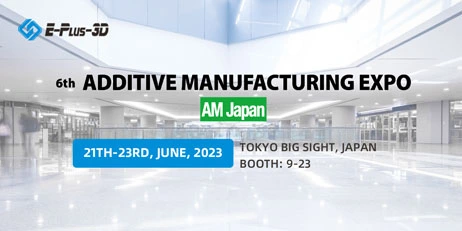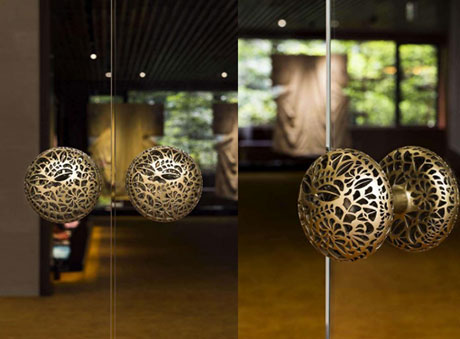With the extensive application of additive manufacturing 3D printers, metal 3D printing, as a new manufacturing technology, is being recognized by numbers of enterprises. Metal 3D printing has the advantages of fast forming, high precision and high material utilization rate, and is widely used in aerospace, automobile, medical fields. As the technology is being widely applied, here are 7 considerations should be taken into during metal 3D printing.
Material Selection
Different metal materials have different properties and performance during metal 3D printing, so it is necessary to choose the appropriate material according to the specification needs. For example, titanium alloy requires high-energy laser scanning with high hardness, while nickel alloy requires low-power laser scanning. In addition, cost, reliability and corrosion resistance need to be considered when selecting materials.
Design Optimization
Before metal 3D printing, the design needs to be optimized to ensure the best performance during metal printing. For example, when designing, it is necessary to avoid overhanging structures, extra less-/small support structure, which will affect the printing quality and material utilization.
Heating Control
As metal 3D printing needs to be processed at high temperature, the heating needs to be tightly controlled to ensure that the material can be melted evenly. Heating control includes the selection of heating source, the setting of heating parameters and the control of heating time, etc., which need to be optimized according to specific conditions.
Gas Control
Inert gases such as argon or nitrogen are required during metal 3D printing to reduce the risk of contamination or oxidation of the material. At the same time, the gas needs to be strictly controlled to ensure that the gas condition remains stable throughout the printing process.
Scan Speed & Power Control
In the process of laser scanning, the scanning speed and power need to be carefully controlled to ensure the printing quality and material utilization. Generally speaking, lower scanning speeds can improve print quality but print time and cost will be increased; higher scanning speed can quickly complete the printing, but it may affect the print quality.
Support Structure Design
Currently, most metal 3D printing requires support structures to support the transition areas and overhangs to ensure that the product can be successfully printed. The rationality of the support structure design has a great influence on the printing quality and material utilization. Designers should highly take notice of it.
Post-processing Control
After metal 3D printing is completed, a series of post-processing process is required, which include support structures removing, product polishing and spraying, etc. These post-processing need to be strictly controlled to ensure that the final product meets the printing requirements.
In short, during metal 3D printing, we need to pay attention to the above matters with fine operation and control, so as to print high-quality, high-precision and high-reliability metal parts.
Eplus3D has decades of experience in AM especially MPBF. If you have any question regards SLM 3D printing, feel free to contact us, we're more than happy to assist you with our tailored metal AM solutions!
